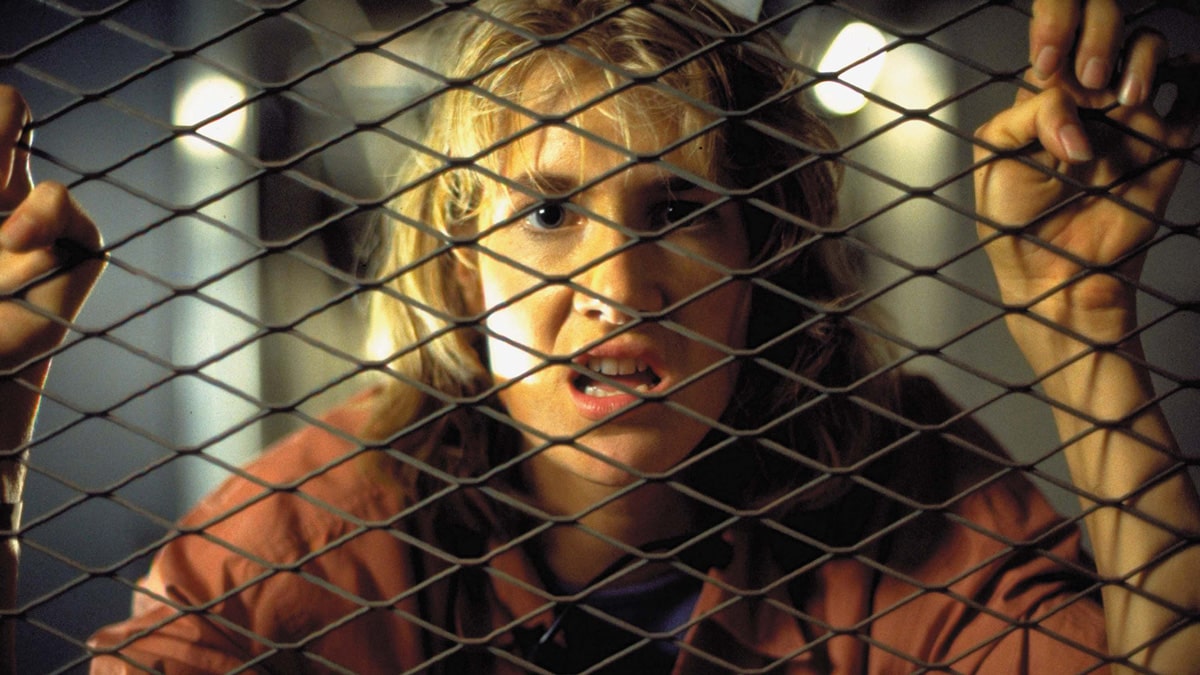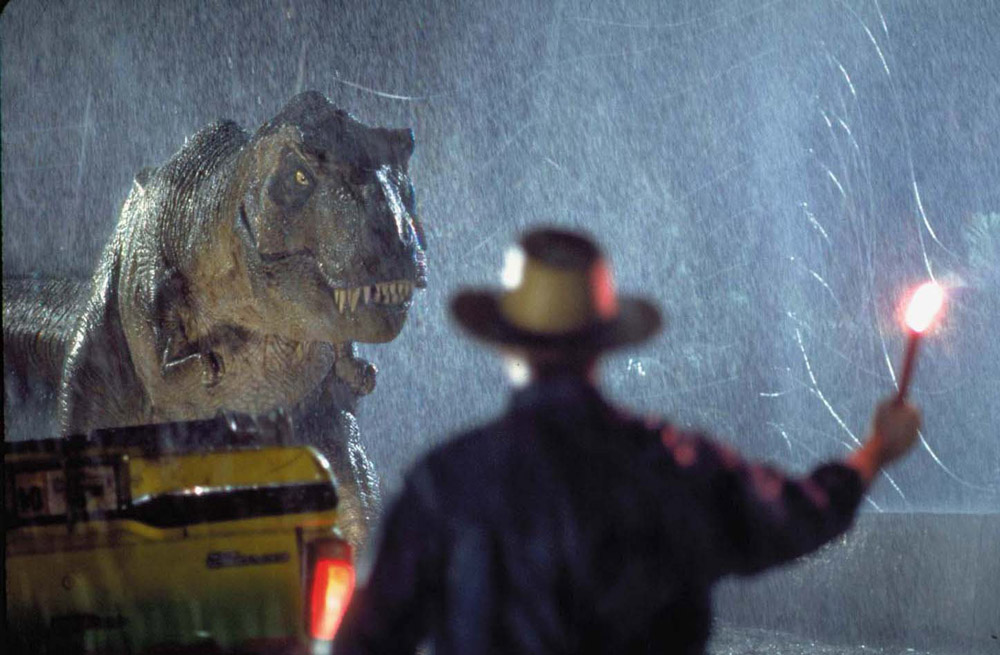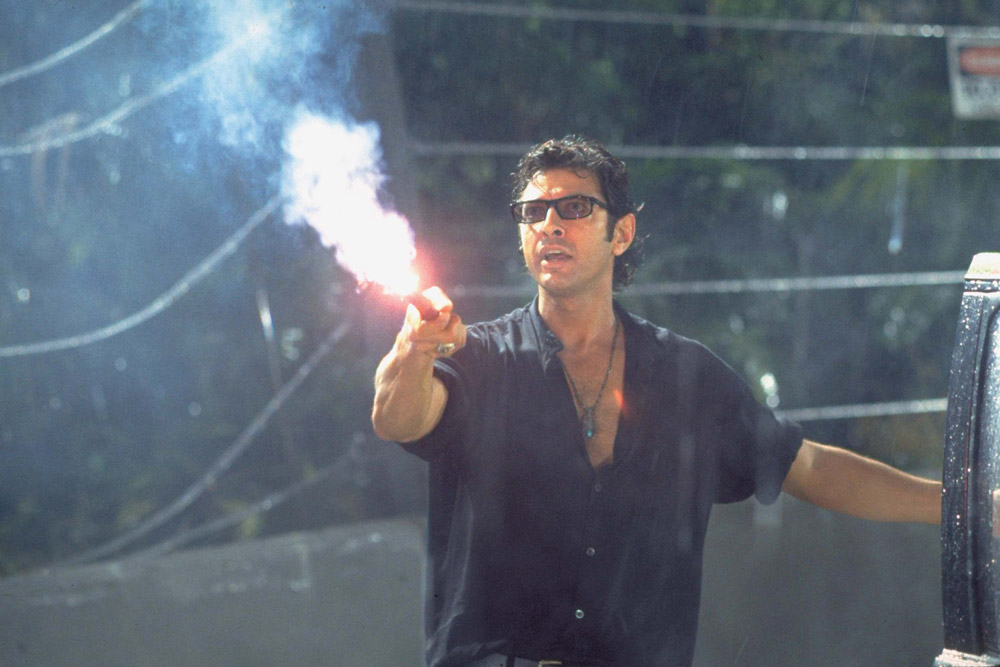
(C) 1993 Universal Studios and Amblin Entertainment, Inc. All Rights Reserved
"Jurassic Park" Spielberg's "horror production" showcase with excellent visual language
2018.08.24
"Jurassic Park" synopsis
A panic action epic based on the original novel by best-selling author Michael Crichton, directed by Spielberg with stunning VFX. This work, which uses realistic CG images to make it look as if real dinosaurs have been brought back to life in modern times, will astound audiences and become a monumental work that will change the history of cinema!
Index
- The prelude to the appearance of dinosaurs and the tension created by the contrast in size
- Completion of the horror production inspired by ``Jaws''
- What does Spielberg himself define as “fear”?
Steven Spielberg is one of the most admired film directors in history, having worked on numerous masterpieces and mega-hits. In recent years, he has poured his heart and soul into socially conscious works such as ` `The Pentagon Papers '' (2018), and the entertainment work ` `Ready Player One '' (2018), which refers to an alternative space called VR (virtual reality). 18) without any pause, and even after the age of 70, he maintains a genre-less attitude, and I am amazed at his wide range of expression, effortlessly handling everything from contemporary drama to science fiction.
However, the essence of Spielberg as a filmmaker is to shock the viewer through visual communication! This is probably due to the ``horror production'' that instantly freezes the theater. In the early works of his career, `` Jaws '' (1975) and ``Close Close Encounters of the Third Kind '' (1977), such fear production was used in a brilliant manner, and it helped him make a breakthrough. In any case, his ability to create fear in the audience can be said to be at the top level among his peers in the world.
The prelude to the appearance of dinosaurs and the tension created by the contrast in size
``Jurassic Park'', produced in 1993, is probably the work that has been seen by the most people as a showcase of such horror production. In particular, the sequence in which the carnivorous dinosaur T. rex (Tyrannosaurus rex) appears, despite being an ancient creature known only through fossils, creates a tense visual experience for the audience that makes them realize that they are in danger.

"Jurassic Park" (C)1993 Universal Studios and Amblin Entertainmant, Inc. All Rights Reserved
Dr. Grant (Sam Neill) and his friends are stranded when their safari vehicle stops in a T. rex habitat due to a power outage. Eventually, the vibrations cause ripples in the glass of water in the car, and when a young boy, Timothy (Joseph Mazzello), suddenly looks outside through his night vision goggles, he notices that the goat he had chained up as food is missing. And the next moment, the torn off goat's leg hit the sunroof (skylight)! The camera slowly moves up from inside the car to the top of the sunroof, and the erratic lightning flashes, like a spotlight, reveal a strange creature swallowing a goat whole.
From there, the movie shows a full body shot of the T. rex stepping over the fence and roaring, much to the audience's surprise. It's not scary just because the dinosaurs created with CG have a realistic texture. The detailed presentation before showing off the whole image naturally doubles the horror of the object.

"Jurassic Park" (C)1993 Universal Studios and Amblin Entertainmant, Inc. All Rights Reserved
Moreover, Spielberg's style of horror production doesn't stop there. Incorporating blurry footage of the subject in the rain or through a window, he skillfully arouses the viewer's frustration and anxiety. In addition, the giant limbs and eyes of T. rex are placed in the same frame as the characters, and the elevation angle of the person looking up at the T. rex and the angle of depression when looking down at the T. rex are repeated. This leaves an impression on the viewer of the contrast between the two. As these meticulous tricks unfold like a combination of techniques, the root of fear is planted in the psychology of the viewer using only the surrounding information, without the need for the object of fear to suddenly appear.

